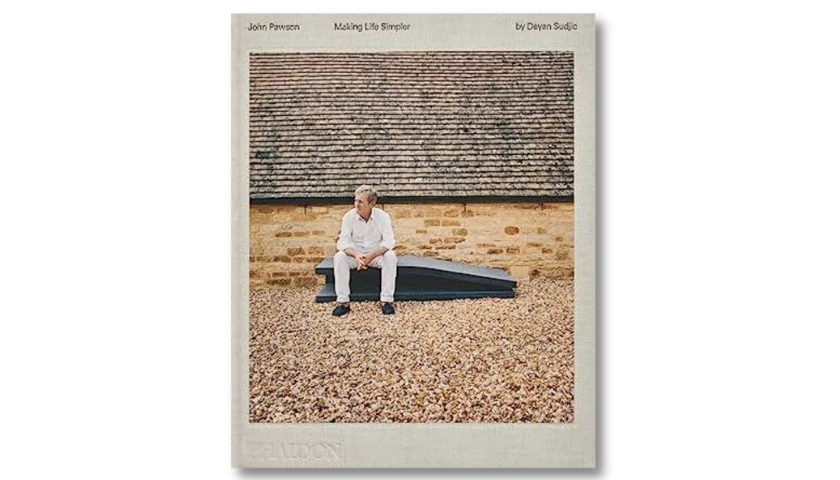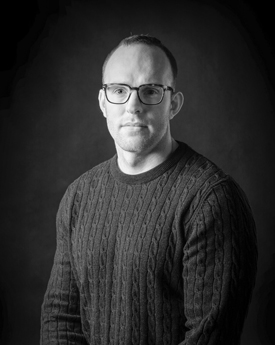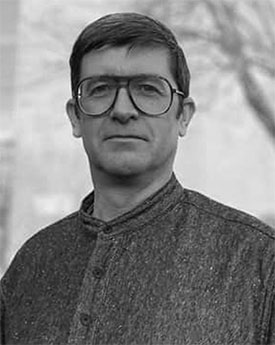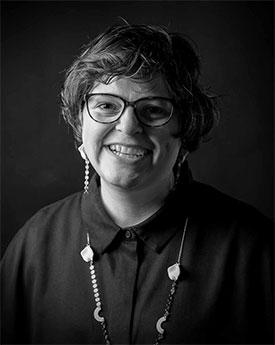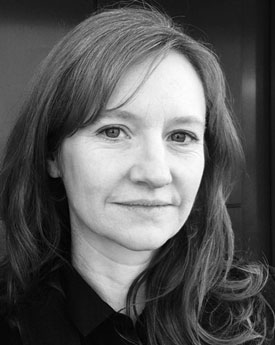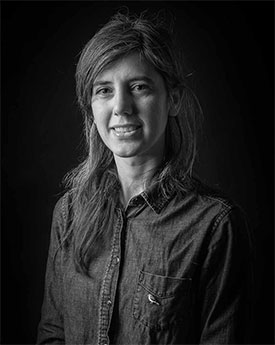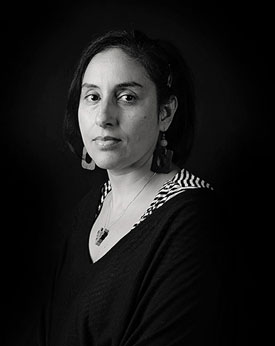Mirian Calvo – Placemaking with Young Adults
This research project on placemaking established collaborative ecosystems among design-researchers, young adults, and policymakers to explore innovative methods for sustainable planning policies in the Lancaster District. The project team conducted placemaking workshops involving 22 young adults and 20 policymakers, held 12 interviews with participants and experts, and facilitated over 80 participant interactions to gather insights and aspirations for sustainable development. The analysis highlighted the significance of creating welcoming spaces, implementing well-developed active travel infrastructure, incorporating essential housing qualities, promoting food growing initiatives, offering diverse travel options, utilising renewable energies, and establishing a strong sense of place identity.
The placemaking framework integrates the three pillars of sustainability: environment, economy, and social systems. It encourages collaboration between diverse stakeholders to address urban challenges and complex issues associated with the Climate Emergency from multiple perspectives and disciplines. The placemaking engagement model offers a pathway to effective governance, inclusive policymaking, and sustainable development. It emphasizes the importance of engaging young adults and incorporating their aspirations and values into the planning and design of communities.
The findings from this project will inform policy development, not only in the Lancaster District but also in other communities in addition to generating impact and engagement beyond Academia. The project is featured in RTPI’s documentary, “Planning for Tomorrow’s Environment” as an example of best practice in community engagement, which has generated +600K views and 2.75M impressions to date. Friends of the Earth also highlighted it as an example of unlocking transformative climate action.

.svg)








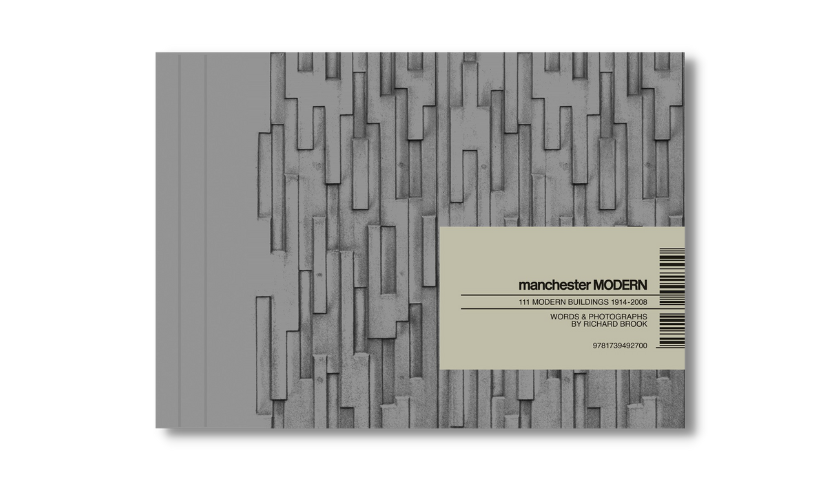
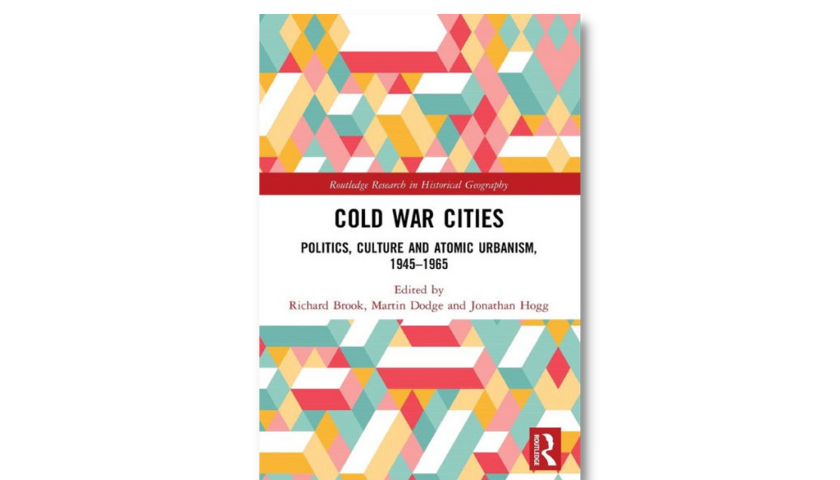
.png)
